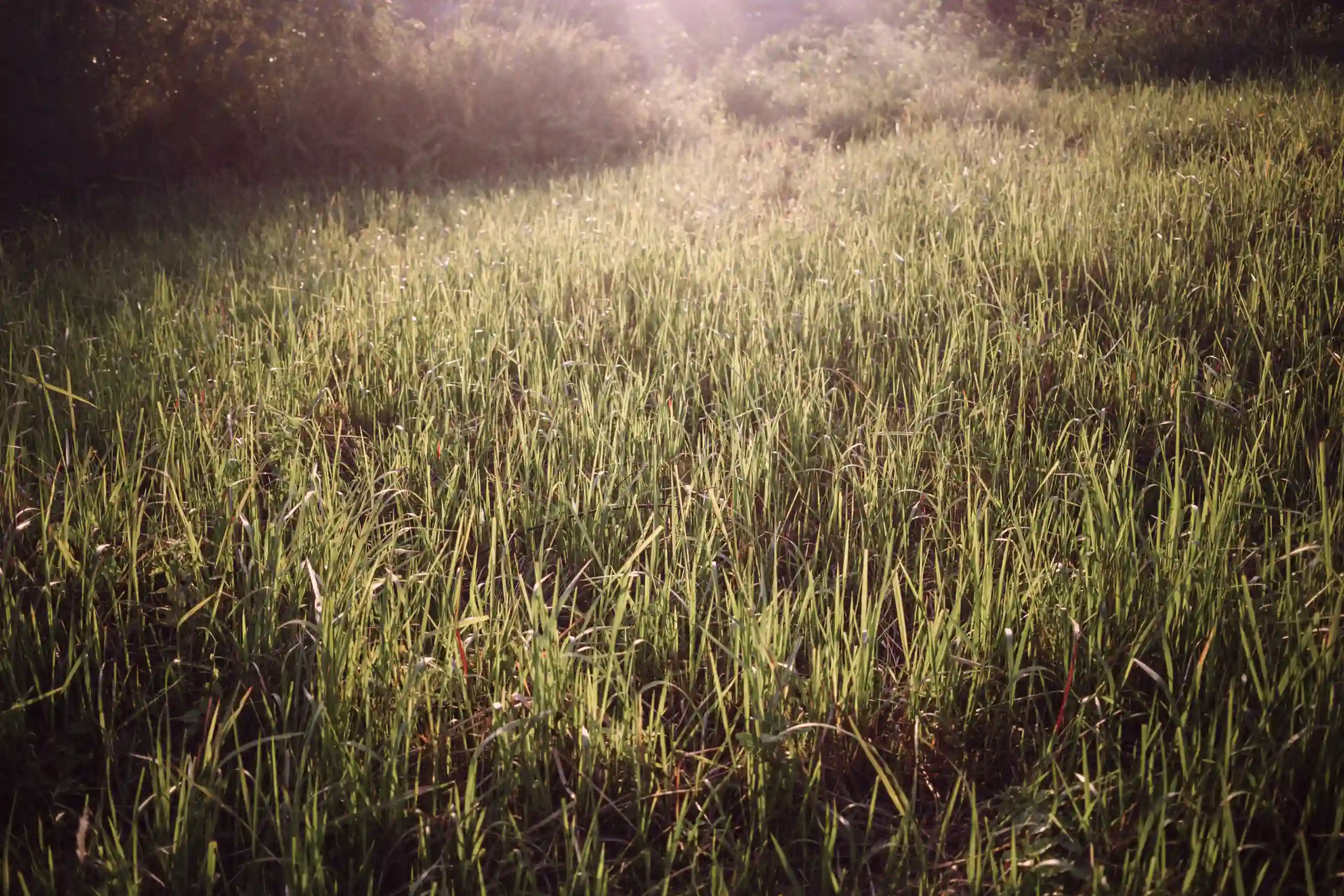Achieving your dream lawn that is lush and healthy all starts with choosing the right type of grass.
Each breed of grass has its own individual needs, from climate suitability to soil type and maintenance levels.
With so many options to choose from, it can seem overwhelming.
However, it does not have to be once you understand the basics of each grass type.
Continue reading to understand the most popular grass types, what maintenance they require, and how you can choose the best grass for your garden…
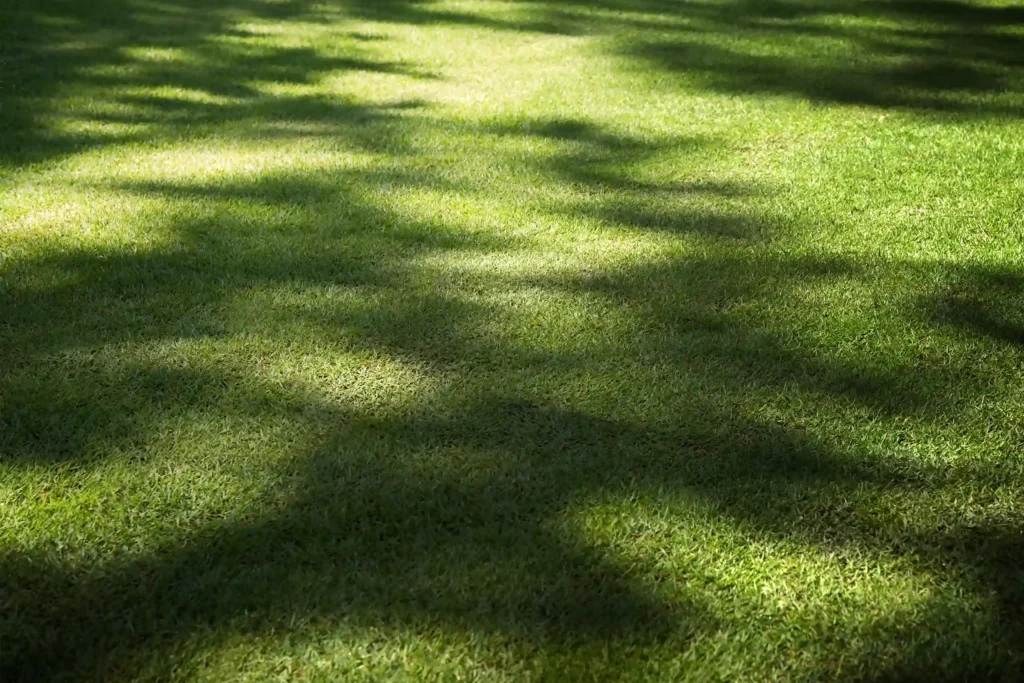
What grass is most common in the UK?
The most common type of grass in the UK is Ryegrass, a cool-season grass well-known for its resilience in cold and wet climates.
A key benefit of Ryegrass is its quick germination rate. This grass type establishes itself rapidly, making it the ideal choice for gardens needing fast coverage to improve lawn health.
In addition, many homeowners will often mix Ryegrass with other types of grass to promote germination, durability, traffic tolerance, and disease resistance.
Another common grass variety used throughout the UK is Fescue.
Fescue is often found in gardens around coastal areas or regions with sandy loam soils.
You will not usually find this grass type in inland gardens, as these tend to have clay or water-retentive soils, and Fescue struggles with excessive moisture.
How many types of grass are there?
There are estimated to be over 11,000 different grass breeds, with about 160 of these species commonly found throughout the UK.
Grass varieties are usually categorised into warm-season grasses and cool-season grasses, based on the climates and conditions in which they thrive.
Warm-season grasses
Warm-season grasses thrive in warmer climates and exhibit active growth between April and October.
These grasses are resilient in the heat, drought-tolerant, and go dormant in the cooler months.
Let us take a closer look at some of the most popular warm-season varieties of grasses, their strengths, maintenance needs, and ideal conditions.
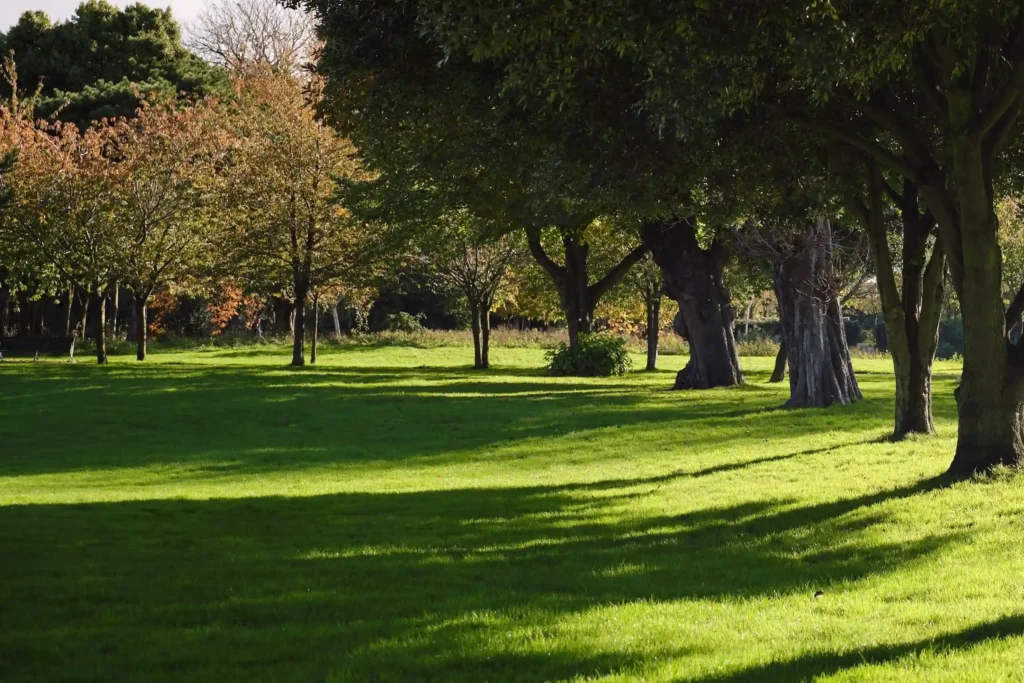
Bahia grass
| Overview: Native to South America, Bahia is renowned for its ability to flourish where other breeds of grass may falter. Strengths: Tolerates poor soil conditions and drought-resistant. Ideal conditions: This type of grass prefers full sun and sandy or acidic soils. Maintenance: Requires minimal mowing and fertilisation. You should only water Bahia grass when it shows signs of drought stress, as overwatering can weaken this grass type. |
Bermuda grass
| Overview: Another grass type that is commonly used in the US is Bermuda grass. It actively grows from late spring through summer and is more sensitive to cold temperatures than other warm-season grasses. Strengths: Highly durable with excellent heat, drought, and foot traffic tolerance. Ideal conditions: Thrives in full sun and sandy, well-drained soil. Maintenance: Bermuda grass is one of the higher maintenance varieties and requires regular mowing and fertilisation during active growth periods. It also struggles to grow in shaded areas, so you will need to ensure it is kept in direct sunlight. |
Buffalo grass
| Overview: Native to North America, Buffalo grass is highly drought-tolerant and requires little maintenance, making it a popular choice for those living in dry climates. Strengths: High drought and heat tolerance, minimal maintenance, and can attract wildlife if allowed to flower. Ideal conditions: Grows best in full sun and prefers well-drained loamy soil with a good amount of clay. Maintenance: Requires minimal mowing and fertilisation, making it the perfect choice for those wanting a lawn with a natural look that does not need mowing. |
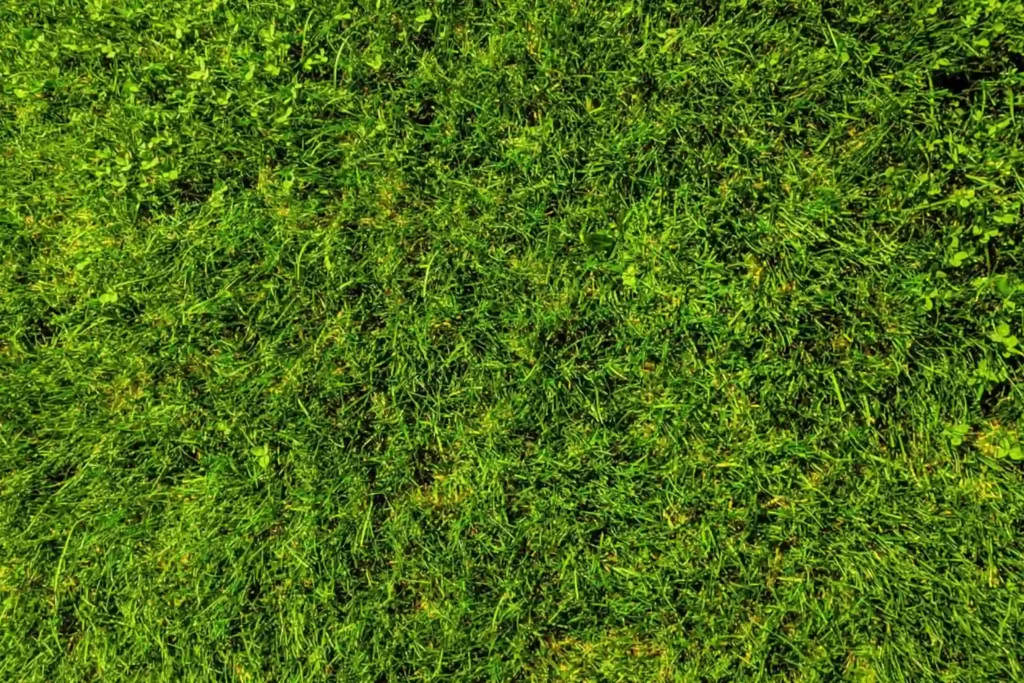
Centipede grass
| Overview: Centipede grass is well-known for being one of the slower-growing grass varieties and is favoured by gardeners wanting a lush lawn with minimal upkeep. Strengths: Low maintenance, moderate shade tolerance, and forms a dense turf once fully grown. Ideal conditions: Prefers acidic, sandy, and loamy soils with full sun exposure. Maintenance: Due to its slow growth, Centipede grass is very low maintenance. Occasional mowing and light fertilisation will help maintain its health, as well as regular checks for weeds, which can be a common find in this grass type. |
St. Augustine grass
| Overview: St. Augustine grass is easily identifiable from the blue green colouring of its blades. It also has the highest shade tolerance of all the warm-season grasses. Strengths: Superb shade tolerance, ability to adapt to a range of light conditions, salt and weed resistance. Ideal conditions: Full sun exposure and well-drained sandy or loamy soils. Maintenance: Relatively high maintenance and requires frequent watering, fertilising, and regular mowing. St. Augustine grass can also be more susceptible to pests, so regular treatment may be needed. |
Zoysia grass
| Overview: Zoysia grass is a slow-growing, adaptable grass, favoured for its ability to tolerate heat, drought, and heavy foot traffic. Strengths: Can tolerate a wide variety of soils, withstands foot traffic and drought, low maintenance. Ideal conditions: Full sun exposure, but can tolerate light shade and prefers well-drained soil. Maintenance: Requires moderate mowing and fertilisation. You may also want to carry out aeration occasionally to prevent soil compaction and your lawn forming a dense layer of thatch. |
Cool-season grasses
Cool-season grasses are better-suited to areas that have cooler temperatures or fluctuating weather conditions, like the UK.
These grass types grow more actively throughout spring and autumn and may go dormant during periods of extreme heat.
Here is a general guide to the most popular cool-season grasses, their strengths, maintenance requirements, and ideal conditions.
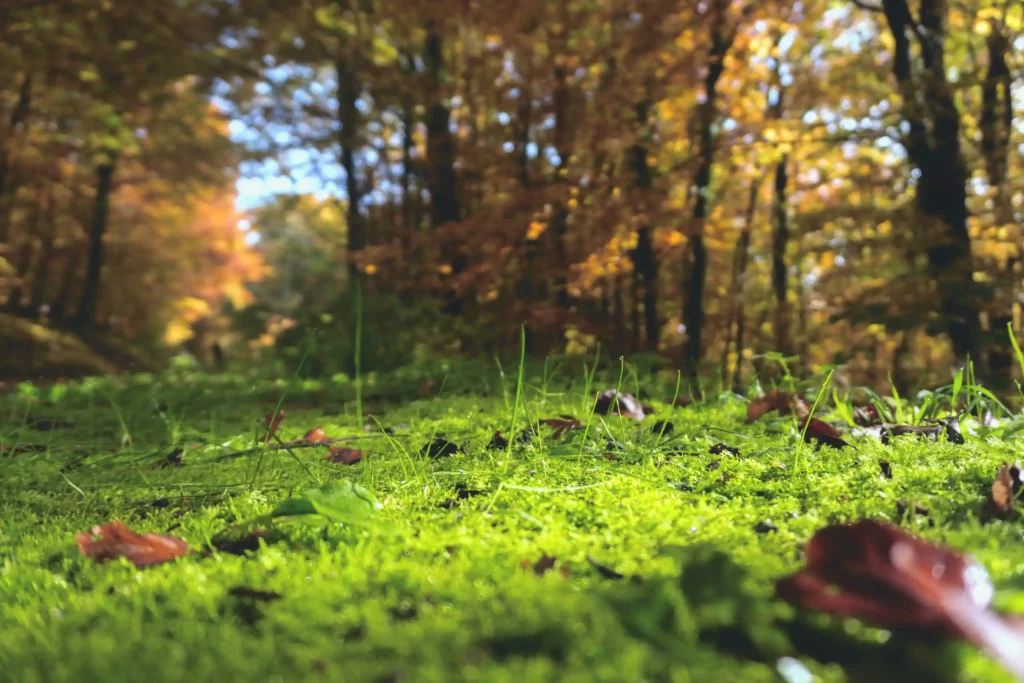
Annual ryegrass
| Overview: A specialist grass seed that is generally used as a temporary cover or for overseeding to maintain lawn health during cooler months. It usually dies out after one season. Strengths: Fast germination and establishment, resists diseases, and provides quick coverage. Ideal conditions: Grows best in mild temperatures and prefers well-drained soil. Maintenance: This type of grass requires a moderate level of maintenance, including regular mowing due to rapid growth. In addition, we also recommend fertilising annual ryegrass at least once and watering a few times a week if there is limited rainfall. |
Perennial ryegrass
| Overview: This popular cool-season grass is often favoured due to its durability and quick germination. It is often used in lawns and sports fields. Strengths: Good foot traffic and cold tolerance; some varieties have good heat and drought tolerance, along with quick germination. Ideal conditions: Grows best in cooler climates with well-drained soil and adequate moisture. Maintenance: Regular mowing once the lawn starts growing in the spring, along with occasional fertilising and regular watering, depending on rainfall. Overseeding may also be required in more high-traffic areas. |
Bentgrass
| Overview: Bentgrass is a carpet-like grass usually found on lawns or golf courses. It is one of the more high-maintenance cool-season grasses due to needing a lot of watering and fertilising. Strengths: It can be mowed short as opposed to most other cool-season grasses, has good foot traffic tolerance, and fair shade tolerance. Ideal conditions: Prefers cool climates with moist, well-drained loam soil. Maintenance: This grass species requires frequent mowing, watering, and fertilising to maintain optimal health. |
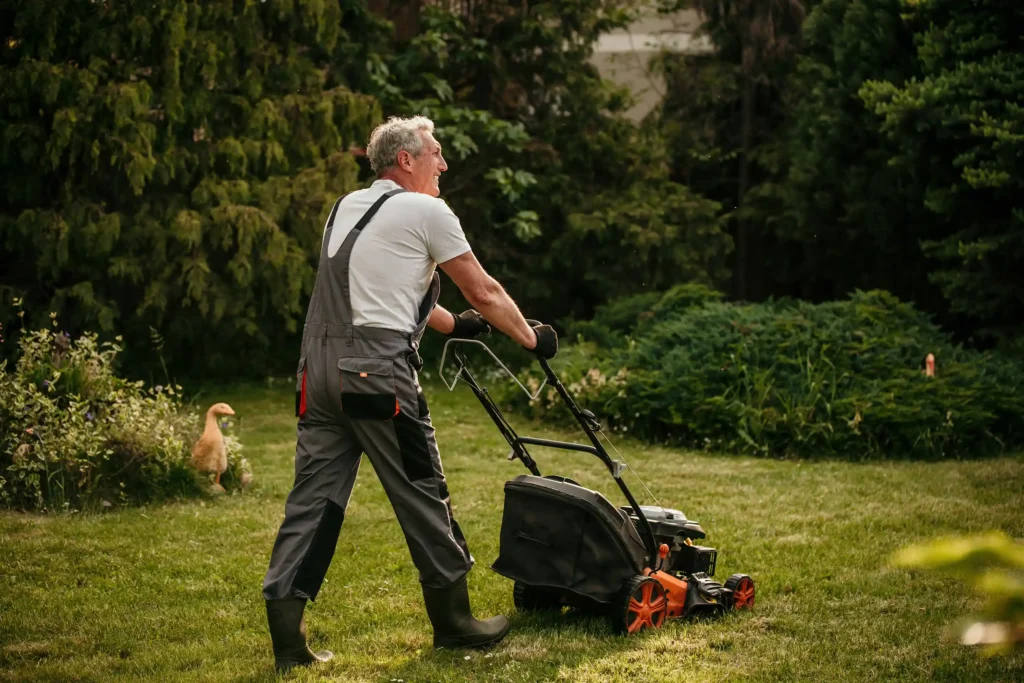
Fine fescue
| Overview: A low-maintenance cool-season grass that is often used in grass seed blends to boost a lawn’s shade resilience. Strengths: Tolerates poor soil conditions, great shade tolerance, requires minimal maintenance. Ideal conditions: Thrives in full sun or shaded areas and can grow well in a variety of soil types, such as sandy and loam. Maintenance: Due to its moderate drought tolerance, fine fescue will usually require extra watering, as well as mowing and fertilising sparingly. |
Kentucky bluegrass
| Overview: One of the most popular types of cool-season grasses, due to its uniform appearance and durability throughout the winter seasons. Strengths: Excellent capacity for self-repair, high cold tolerance, good foot traffic tolerance. Ideal conditions: Prefers full sun exposure with fertile, well-drained loam soil. Maintenance: Requires a moderate level of maintenance, such as regular mowing, watering, and occasional fertilising. |
Tall fescue
| Overview: Tall fescue is known for being one of the more resilient cool-season grasses that is favoured for its ability to adapt to a range of climates. Strengths: Has excellent heat, drought, and shade tolerance; is disease resistant, and durable for high foot traffic areas. Ideal conditions: Grows best in full sun exposure and can adapt to various soil types, including loamy, sandy, and clay. Maintenance: Requires minimal maintenance such as occasional mowing and fertilisation to support growth. |
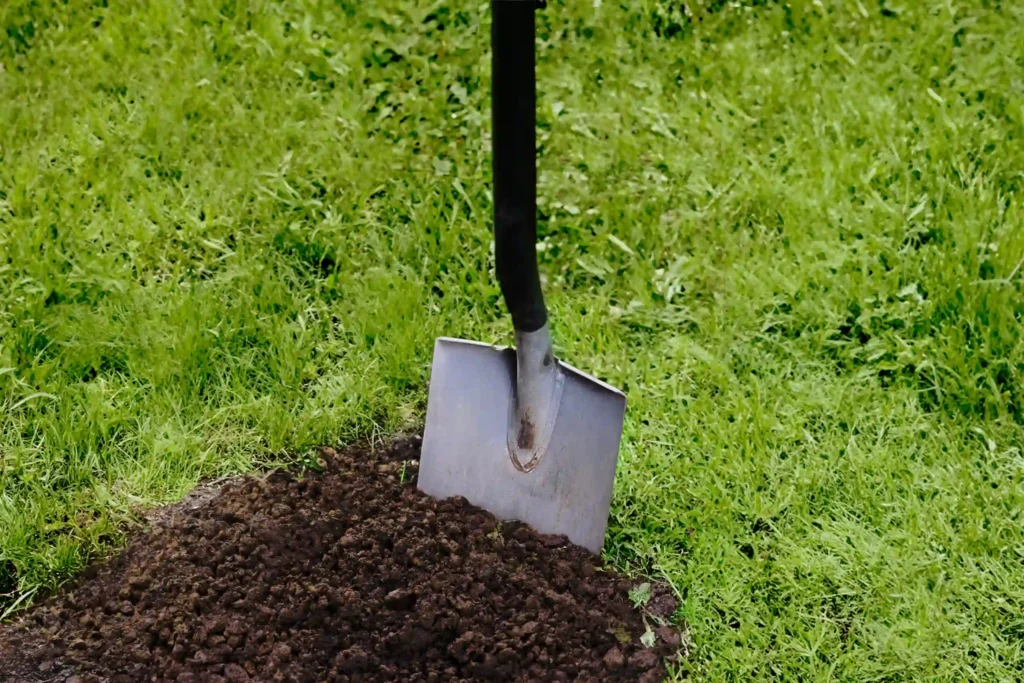
What is the most tolerant grass?
One of the most tolerant types of grass is tall fescue, due to its resilience to the following:
- Drought. Tall fescue has deep grass roots that can delve further into the soil to reach water that other grasses cannot. Its deep root system means it can survive dry periods with minimal watering.
- Foot traffic. Well-maintained tall fescue will develop tough blades and thick coverage, making it more durable against high traffic.
- Temperature. Tall fescue is chameleon like when it comes to climates in the way it can adapt to both hot and cold temperatures. It can withstand high temperatures as well as harsh winter conditions like frost.
- Diseases. It is less susceptible to common lawn diseases such as rust, red thread, and leaf spot.
How do I choose a grass type?
Choosing the right grass type is essential for achieving a lawn that is not only thick and healthy but can also withstand the test of time.
If you are struggling to decide on which variety of grass to choose, here are some factors you should consider first:
- Climate. Considering your climate is the first and most critical step when choosing a variety of grass. You need a grass type that can not only thrive but withstand the harsher weather conditions in your area.
- Soil type. Understanding your soil type will help you choose a grass variety that is going to establish roots and perform best under your specific conditions.
- Sunlight exposure. Some grass species require full sun exposure in order to flourish, while others can tolerate some shade. By assessing your garden’s sunlight levels, you can easily choose a grass that will reach optimal growth.
- Maintenance level. Another key factor to consider is how much time and effort you want to invest in your lawn. If you would prefer to achieve your dream lawn with minimal effort, you may want to consider grasses like Buffalo or Tall fescue, as opposed to high-maintenance varieties like Kentucky bluegrass or St. Augustine.
- Lawn usage. If your grass consistently receives a lot of traffic, you will need a grass type that can tolerate heavy use. For example, Kentucky bluegrass is self-mending and has a high wear and tear tolerance.
- Disease and pest resistance. Certain breeds of grass are more susceptible to diseases, contributing to the amount of maintenance they may require. To reduce this, you will need to opt for a disease-and pest-resistant grass type like Zoysia or Tall fescue.
Final thoughts
Understanding the variety of grass types available is the first step towards choosing the right one for your lawn.
By considering factors such as climate, maintenance levels, soil type, and sunlight needs, you will find a grass seed that fits your garden perfectly.
Ready to transform your lawn? Take our quiz to discover the best products to help you get started.
